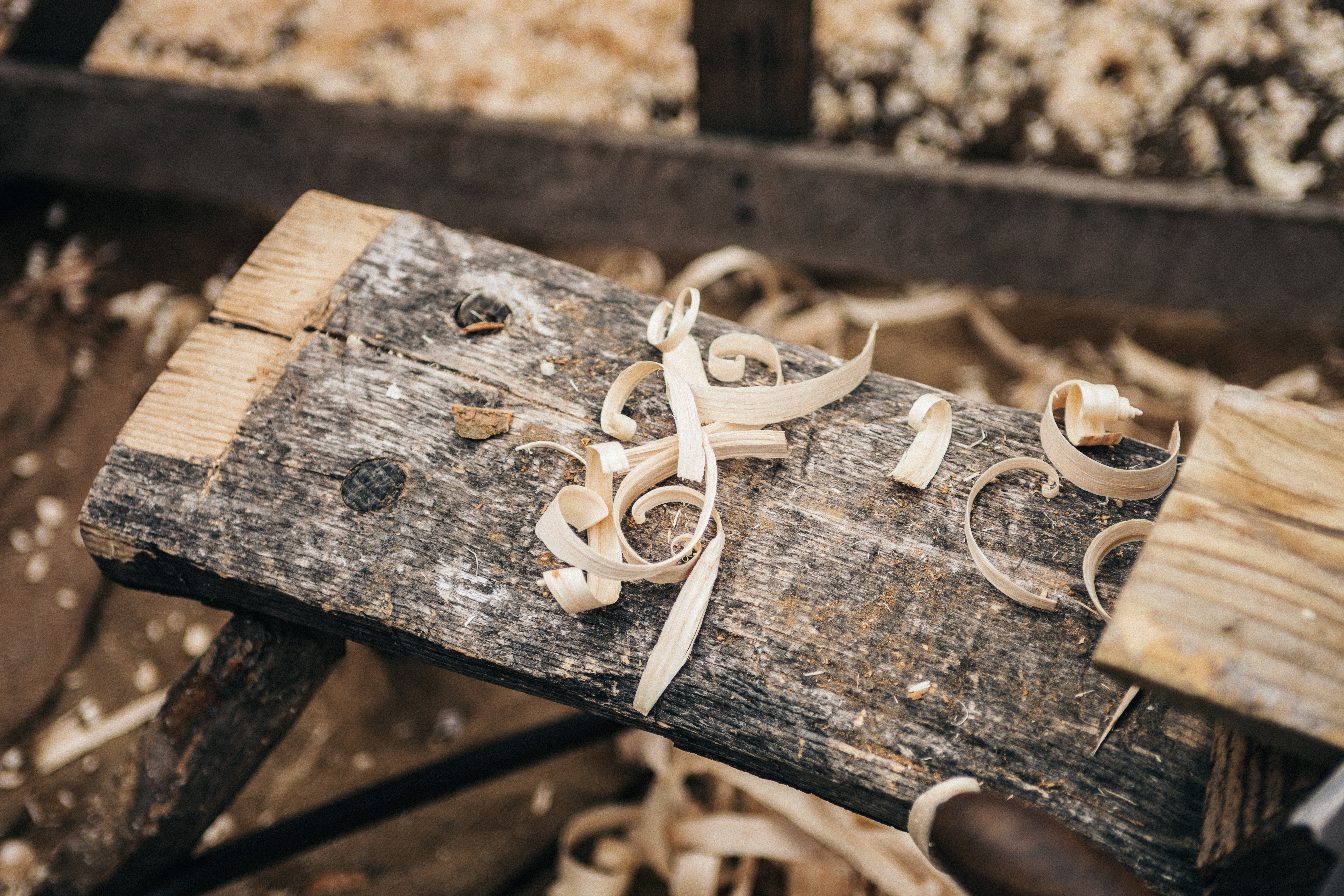
Today, the atavistic art of woodworking continues to capture the hearts and souls of hobbyists as well as professional joiners, carpenters and furniture makers the world over. What draws them to this centuries-old craft?
Humans have always been bound to wood. Woodworking is an activity that spans hundreds and thousands of years: from Neanderthal tools and Bronze Age wood carvings, to the ancient carpentry techniques and machinery of ancient Egypt, Rome and China. Modernity may have shaped and sanded the dimensions of woodworking considerably – bringing with it a power-tooled evolution – but an essential part of it still stays close to the grain.
Today, the atavistic art of woodworking continues to capture the hearts and souls of hobbyists as well as professional joiners, carpenters and furniture makers the world over. Like many other amateur upcycled furniture makers, I found myself drawn to its tactile artistry. What began as one simple project spawned a prolific fixation with making things out of wood: from upcycled tables to benches and bedside shelves. What surprised me was the extent to which I found woodworking to be more of an attitude than an activity. The velocity of life can sometimes be anathema to creativity, but working with wood provides a fruitful brake; a space to slow down to a meticulous pace, figuratively following the old carpenter’s adage to “measure twice and cut once”. Certainly, the lockdown summoned by the coronavirus slammed on that brake, splintering the stride of life and furnishing many with a suite of time. Yet at root, I think





